Did you know that you can use houseplants to help add humidity to your home? As amazing as it sounds, it’s true. By simply growing a few beautiful plants indoors, you can help say goodbye to the dry air of winter – and all of the issues that come along with it!
There are many benefits to increasing the humidity levels in your home, especially during the dry winter months. Ideal levels within a home should range between 30 to 50% humidity. But in the wintertime, most homes don’t get near those levels with furnaces, heaters and fireplaces running.
Having proper humidity in your home can help to improve dry skin, reduce static, and even prevent nosebleeds due to moisture-less conditions. In addition, dry air can also cause issues with your health as well.
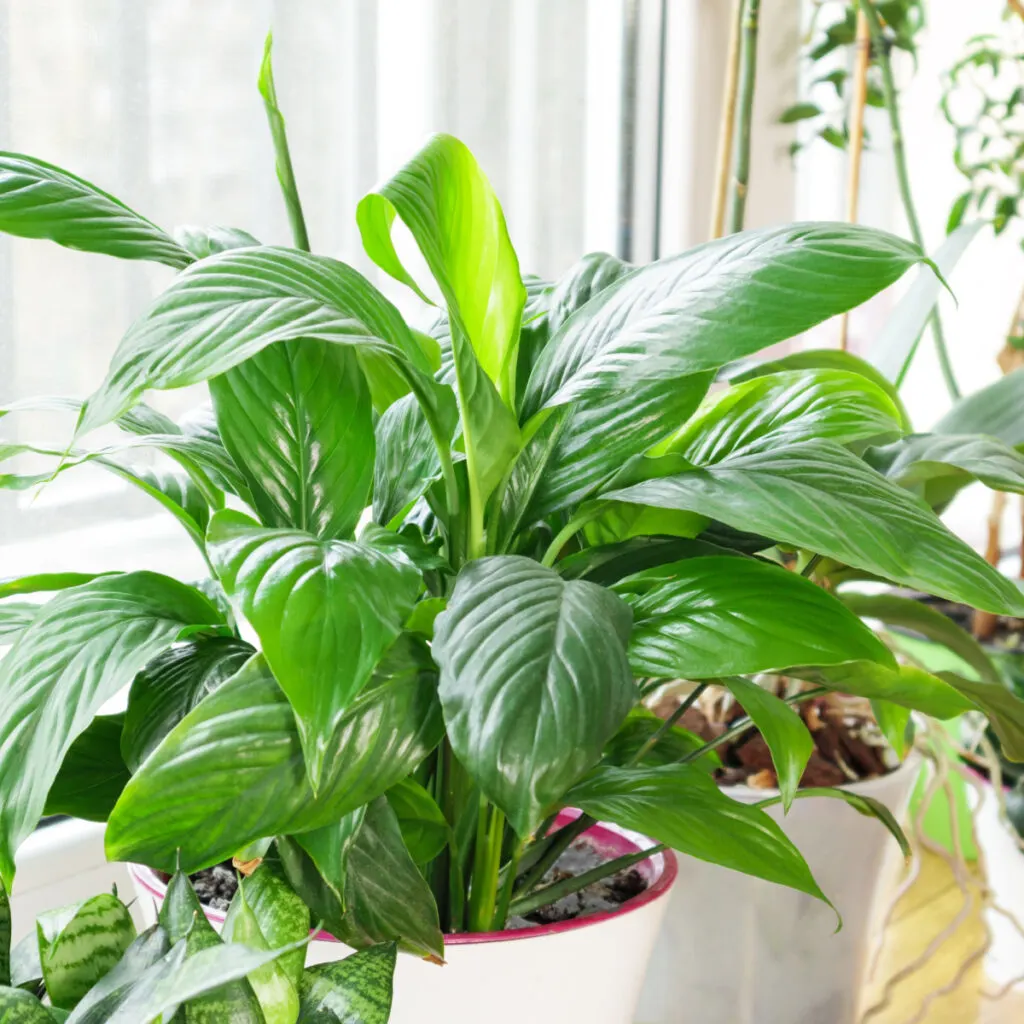
Dry air causes your nasal passages to dry out and lead to sore throats, coughing, and breathing issues. It can also cause an increase in airborne allergies and viruses like colds and flu, which tend to run more rampant during the dry winter months.
But all of those issues can be helped by adding a few houseplants. Not only do houseplants help to raise humidity, but they can also add a little greenery and interest to an otherwise lifeless winter.
How Houseplants Raise Humidity Levels
Most all plants, including houseplants, add humidity to the air. Putting it simply, plants absorb water from the soil up through their roots and into their stems. Eventually, the water evaporates through pores on their leaves and into the air, adding moisture in the process. But not all houseplants are the same when it comes to this phenomenon.
The Difference Between Tropical Plants & Desert Plants
Some plants are certainly better at raising humidity levels than others. While all plants add some amount of humidity back into the air, typically plants with large, broader leaves handle the process a bit better.
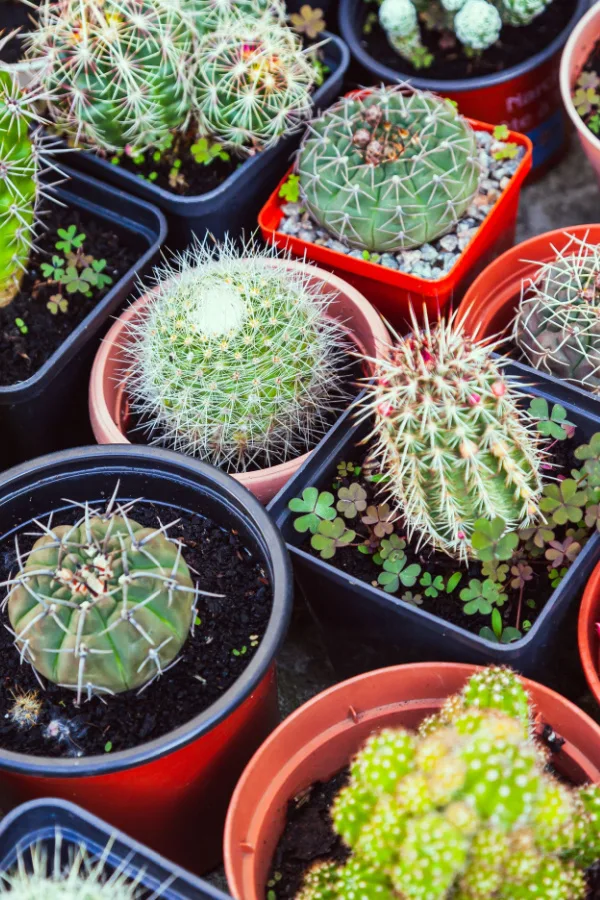
Plants that are from desert-like locations that feature small leaves or needle-like foliage won’t provide your home with much extra humidity. However, plants that come from more rainforest-like locations are actually quite good when it comes to upping humidity levels.
So if you are looking to increase the humidity within your home without the use of humidifiers or other artificial means, larger leafed, tropical houseplant varieties are the way to go!
Tips For Getting The Most Humidity From Plants
We will cover a few of the best varieties of houseplants for adding moisture in a moment, but first, it’s important to know that to get the most benefit from your houseplants, there are a few other factors to be aware of.
First, ensure that your home sits at the right temperature. When temperatures drop too low indoors, it will slow down a plant’s release of moisture. With that in mind, a home with an average temperature above 68° Fahrenheit will have better results adding moisture with houseplants.

In addition, while plants love moisture, most cannot live in standing water as houseplants. Make sure that all of your containers have adequate drainage holes. Also, don’t overwater plants. This will only increase the chances of root rot or other diseases associated with high moisture levels in the soil – and if a plant struggles, it capability to add moisture will as well.
It’s also important to keep an eye on the relative humidity levels within your home. Excess humidity can cause mold, mildew and bacteria to grow, all of which are definitely not good within home spaces. As with nearly everything in life – moderation is the key!
The Best Houseplants To Add Humidity To Your Home
With any of the humidity-loving houseplants featured below, the more you have in your collection, the better the chances are at raising the humidity levels in your home naturally. At the very least, it’s a great excuse to purchase more plants for your home!
With that said, many houseplants are quite easy to propagate. That, of course, allows you to create a lot of extra plants for your home all for free. Here is a look at some of the “best of the best” when it comes to adding humidity to your home!
Peace Lily
The large-leaves of Peace lilies are perfect for adding lots of moisture indoors. Peace lilies are tropical perennial houseplants that can be grown in almost any type of lighting conditions. See : How To Grow Peace Lilies
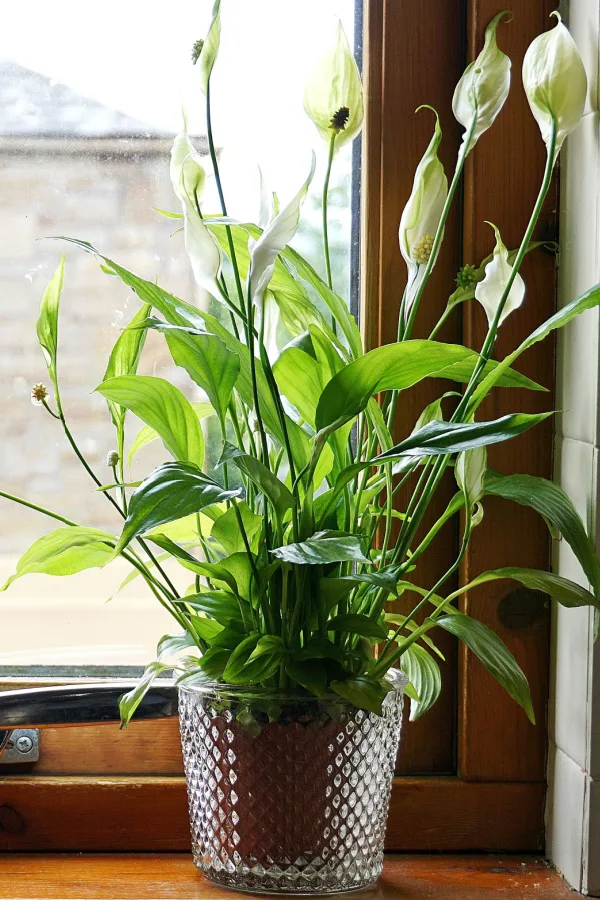
You can find smaller types of Peace lilies that grow only to around a foot tall, or ones that can get as big as 6 feet at full maturity. Their large leaves are great for releasing moisture and add big beauty and elegance to interior spaces.
Peace lilies are fairly low-maintenance and let you know when they need water by drooping and looking a little lethargic. Avoid letting their soil dry out and they will reward you with not only beautiful foliage but also stunning white flowers as well. Affiliate Plant Link: Zen Peace Lily Plant
Philodendron – Houseplants To Add Humidity To Your Home
Philodendrons are one of the most popular houseplants and also happen to be one of the easiest to propagate into additional plants. (See: “How To Grow Philodendrons”)
There are hundreds of different species of philodendrons to choose from. With options for vining and non-vining plants, they can be grown in almost any space and room with ease. They are also a very forgiving plant, making them a great choice for first time houseplant growers.
Since it is a native tropical plant, philodendrons do best when you provide them with plenty of water and keep them out of direct sunlight. Water when the top inch of soil is dry to the touch but avoid standing water.
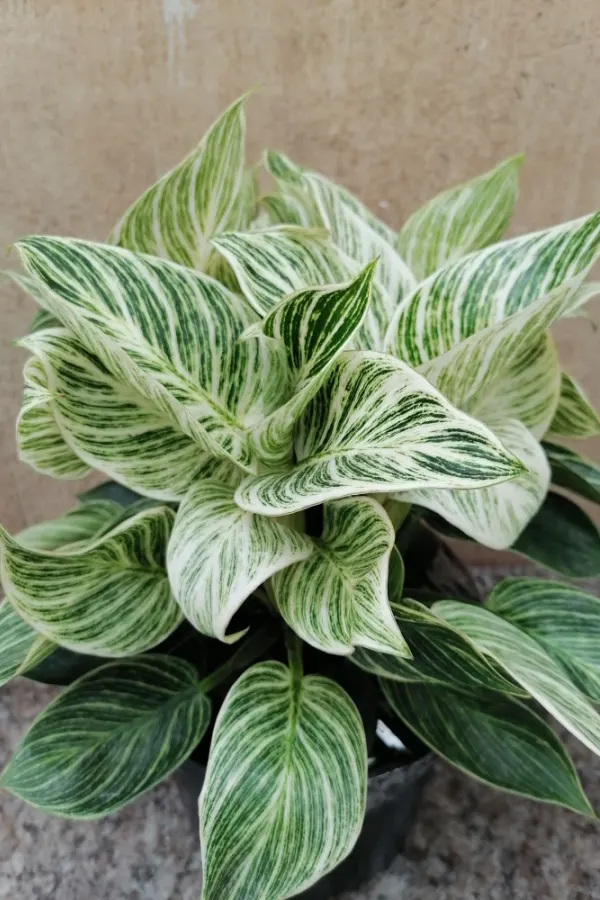
Spider Plants
Another popular choice among home growers is the spider plant. They are known as being one of the easiest houseplants of all to grow and maintain. As with most houseplants, they will perform best in indirect sunlight.
As spider plants grow, they produce “pups”, or baby spider plants. These pups can be used to create new houseplants to add to your growing collection. This makes spider plants easy to propagate – and all for free!
Spider plants are also one of the most forgiving of all houseplants when it comes to watering. You can allow the soil to dry out slightly in between watering but try to keep the soil lightly moist. Plant Affiliate Link: Ocean Spider Plant – 4” Pot 3 Pack
Palm Plants
Palm plants are another big winner when it comes to adding humidity. Due to their multiple long fronds, they are great for not only upping moisture levels, but also removing toxins from the air.
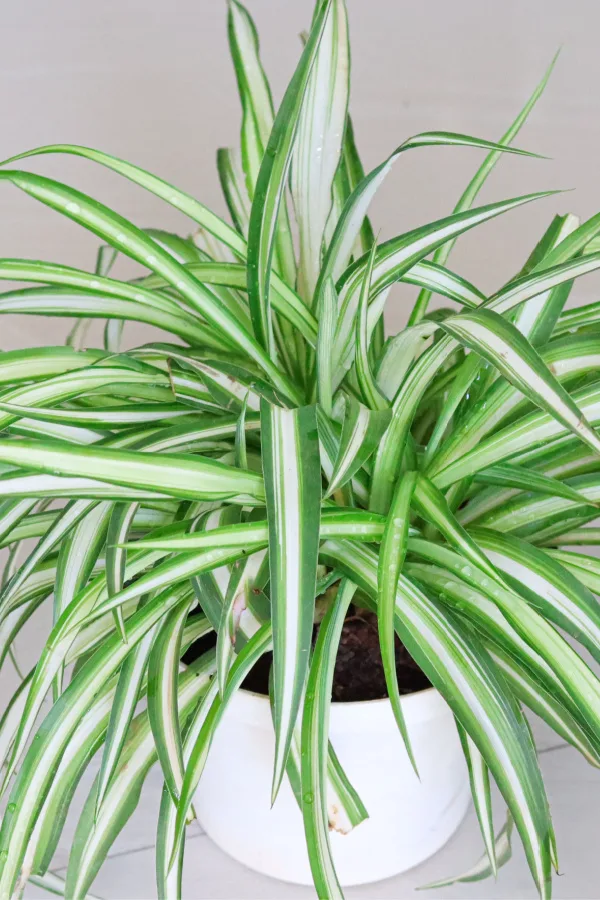
Most palm plants like to have moist soil, but do not like to be in standing water as it can cause root rot. Allow the soil to dry out slightly between waterings.
Dracaena – How To Use Houseplants To Add Humidity In Winter
Dracaena covers over 100 different plant varieties, all with tropical native roots. Many of the Dracaena plants are only found outdoors, but the houseplant varieties typically feature sword-like leaves that extend from a thick central stem.
It is a slow growing plant, but can reach as tall as 8 feet tall when grown indoors! Dracaenas prefer to be kept in evenly moist soil and should not be allowed to dry out.
This is especially important during the growing season when air temps are warmer, but they can be a bit more forgiving during the winter months. Affiliate Plant Link: Costa Farms Dracaena Marginata Tree
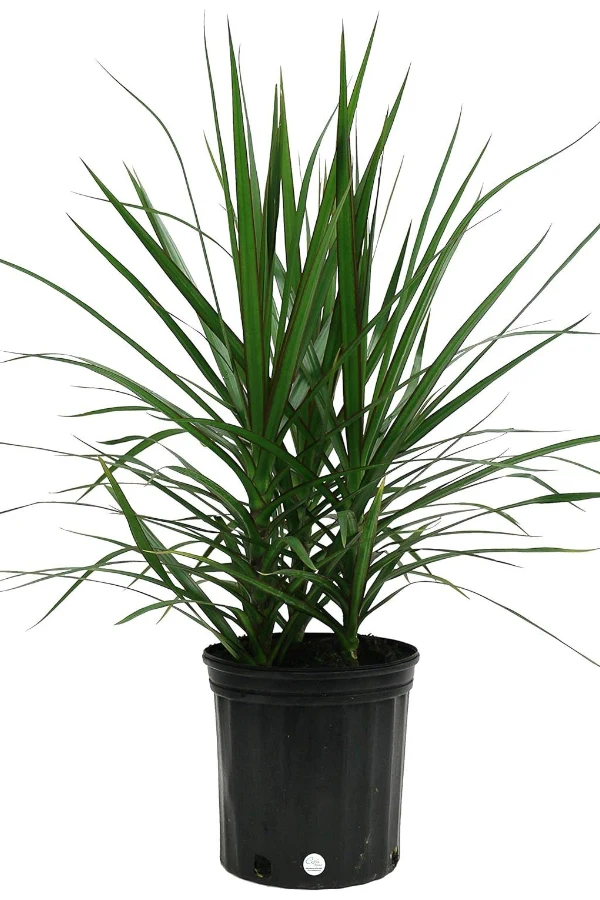
Adding any or all of these low-maintenance houseplants to your home is a great way to increase the humidity levels within your home. And in return, you will also get the added bonus of natural beauty as well! If you are looking for information on how to keep your houseplants safe from aphids, be sure to see How To Keep Houseplants Safe From Aphids – 4 Simple Tips To Get Rid Of Aphids For Good!
Follow Our Facebook Page For Even More Great Tips! Simple Garden Life Facebook Page
Simple Garden Life is a website dedicated to keeping gardening fun, simple and enjoyable! We publish two new articles each week along with a new garden podcast episode every two weeks. This article may contain affiliate links.
